 Introduction: The Power of the Football Jersey
Introduction: The Power of the Football Jersey
The football jersey is more than just a piece of athletic apparel. It is a symbol of identity, loyalty, culture, and even fashion. Whether it’s the Bayern Munich 2025/26 third kit, a Brazil soccer jersey worn on the streets of Rio, or a custom football jersey made for a local amateur club, these shirts carry meaning far beyond the pitch.
In today’s football landscape, jerseys have become artifacts that merge sport with history, design with culture, and passion with commerce. The release of Bayern Munich’s new kit for the 2025/26 season, designed by Adidas, is a striking example of how a shirt can both honor tradition and embrace modern style.
This article takes a deep dive into the new Bayern kit while exploring the broader global culture of football jerseys — from Argentina soccer jerseys and Mexico soccer jerseys to the growing demand for customizable soccer jerseys. Along the way, we’ll examine why jerseys are more popular than ever, how they’ve evolved over time, and why fans cherish them as essential expressions of their sporting identity.
Section 1: The Bayern Munich 2025/26 Third Kit
The newly unveiled Bayern Munich 2025/26 third kit has already sparked conversations among supporters and designers alike. Its bold black base, accented with red detailing along the collar and sleeves, gives it a modern yet timeless edge. The shirt also features subtle checker-pattern graphics embedded into the fabric, adding depth without overwhelming the design.
Three white Adidas stripes stretch across the shoulders, maintaining the brand’s instantly recognizable look, while the central sponsor logo brings a touch of commercial identity. The crest is rendered in a sleek, monochrome style, which adds a layer of sophistication compared to more traditional colorful club badges.
Bayern Munich has always been associated with iconic red home kits, but their alternate and third kits often allow Adidas to experiment with daring designs. This year’s third kit continues that tradition, offering fans a shirt that works equally well in the stadium or as part of streetwear fashion.
From Munich’s Allianz Arena to global markets in the United States, South America, and Asia, the shirt represents not only Bayern’s footballing excellence but also the universal reach of the football jersey itself.
Section 2: Adidas and Bayern — A Partnership in Innovation
Bayern Munich and Adidas share one of the longest-running partnerships in football. Since the 1970s, Adidas has been crafting the Bavarian club’s kits, each era reflecting both contemporary design trends and the timeless prestige of one of Europe’s most successful teams.
Over the decades, Bayern jerseys have ranged from minimalist classics to bold, modern interpretations. Retro fans might fondly remember the oversized shirts of the 1990s, which today fall into the booming category of vintage soccer jerseys. More recent designs emphasize performance, sustainability, and global branding.
The 2025/26 third kit is part of this ongoing story — a fusion of heritage and modernity. Its sleek design is engineered not only for players competing in the Bundesliga and Champions League but also for fans who wear it as part of their everyday style.
The Adidas-Bayern partnership reflects a larger trend: football jerseys are no longer just about performance. They are about cultural resonance, global sales, and connection to communities that might never step foot in Munich but still feel tied to the club.
Section 3: The Global Language of Football Jerseys
Football is the world’s game, and the football jersey has become its universal language. From the beaches of Brazil to the parks of London, from Mexico City to New York, the sight of a club or national team shirt immediately signals identity and belonging.
Take for example the Brazil soccer jersey — arguably the most iconic in world football. The bright yellow shirt with green trim is more than just fabric; it is synonymous with artistry, flair, and the legend of players like Pelé, Romário, Ronaldo, and Kaka. In fact, the Kaka soccer jersey remains a popular retro choice among fans, symbolizing the mid-2000s era of Brazilian brilliance.
Then there’s the Mexico soccer jersey, known for its passionate fan base and bold designs. The jersey of the Mexico soccer team often carries cultural motifs that connect football with national heritage, making it a favorite both on the pitch and in lifestyle fashion.
Similarly, the Argentina soccer jersey, defined by its sky-blue and white stripes, is instantly recognizable. Whether linked to Diego Maradona’s historic runs or Lionel Messi’s global superstardom, the shirt has crossed borders to become a global icon.
European powerhouses are equally significant. The Germany football jersey reflects precision and dominance, while the France soccer jersey embodies elegance and modern flair. The England soccer jersey has become a cultural symbol, seen in stadiums, pubs, and even music videos, while the Italian soccer jersey represents style and tactical sophistication.
Outside of Europe, the rise of teams like Jamaica has given us unique kits that stand out for their boldness. The Jamaica football jersey and team Jamaica soccer jersey are popular not only among Caribbean supporters but also in global fashion circles, thanks to their colorful and distinctive designs.
Even less mainstream teams contribute to this culture. A Venezuela soccer jersey, a Colombia soccer jersey, or even a football jersey Panthers (from American football-inspired designs) are worn proudly by communities who see their jerseys as extensions of identity.
Section 4: The Rise of Custom Football Jerseys
Another major trend shaping the football kit market is the rise of customization. Fans no longer want just a standard replica — they want a custom football jersey with their own name, number, or even a personalized design. This is where customizable soccer jerseys have grown in demand, allowing supporters to tailor their shirts to reflect individuality.
In local leagues, Sunday football teams often order sets of custom jerseys, turning amateur groups into organized squads with a professional look. In global markets, major brands now allow fans to personalize jerseys directly through official online stores.
Customization has changed the culture of jerseys by blurring the line between professional sport and grassroots football. A kid wearing a US men’s soccer jersey with his favorite player’s name on the back shares the same emotional connection as someone wearing a US women’s soccer jersey celebrating their national heroes. Both are part of the same movement: expressing passion through wearable identity.
Section 5: Vintage Soccer Jerseys and the Retro Revival
In recent years, the market for vintage soccer jerseys has exploded. What was once considered old or outdated has now become a thriving niche for collectors and fans alike. From flea markets in Europe to curated online stores, retro kits are being rediscovered, celebrated, and worn with pride.
Why has this trend gained so much momentum? The answer lies in nostalgia and identity. Fans crave the sense of history and belonging that comes with wearing a shirt from a legendary era. A Brazil soccer team jersey from the 1994 World Cup or an Argentina soccer jersey from 1986 is more than fabric — it is a direct link to iconic footballing moments.
The 1990s and early 2000s have become particularly fashionable in the vintage market. Oversized designs, bold sponsor logos, and eccentric patterns stand in contrast to today’s sleek, modern kits. Collectors often view them as wearable art, while younger fans see them as statements of style.
The rise of retro has also inspired modern kit design. Many clubs, including Bayern Munich, have released “throwback” jerseys that echo past designs while using updated materials. This blending of old and new ensures that every fan can find a jersey that resonates with both their sense of tradition and their modern fashion tastes.
Section 6: Football Jerseys Across the World
To truly understand the power of the football jersey, we need to explore how it functions across different cultures. Every nation, every club, and every community has its own story, and those stories are woven into their shirts.
Brazil: The Standard of Flair
The Brazil soccer jersey remains one of the most iconic in the world. Its yellow and green colors have become synonymous with joy, samba rhythms, and attacking football. The shirt evokes memories of Pelé lifting the World Cup in 1970, Ronaldo dazzling in 2002, and Neymar’s artistry in the modern era. A Kaka soccer jersey is especially popular among fans who celebrate Brazil’s golden 2000s generation.
Mexico: Passion and Identity
The Mexico soccer jersey blends football with culture. Often featuring Aztec-inspired designs, the jersey of the Mexico soccer team is as much about heritage as it is about sport. Fans proudly wear it not only in stadiums but also at festivals and community events, turning it into a cultural uniform.
Argentina: Sky Blue Legends
The Argentina soccer jersey symbolizes resilience and brilliance. Its vertical blue and white stripes have been worn by legends like Diego Maradona and Lionel Messi. To wear this shirt is to connect with a footballing legacy that has shaped world history.
Germany: Precision and Power
The Germany football jersey is known for clean design and dominance. From Gerd Müller’s 1974 triumph to the 2014 World Cup-winning side, the shirt has always represented efficiency and strength. Its crisp white base and black trim create a minimalist yet powerful identity.
Jamaica: Bold and Unique
The Jamaica football jersey and team Jamaica soccer jersey stand out for their colorful, vibrant style. Incorporating Rastafarian-inspired designs, they are among the most visually unique kits in international football. Jamaica’s shirt has gained cult status, especially in global streetwear fashion.
Colombia and Venezuela: Emerging Voices
A Colombia soccer jersey with its bright yellow design captures the energy of Colombian football culture, while the Venezuela soccer jersey reflects the growing presence of the Vinotinto on the global stage. Both shirts highlight the diversity of football expression in South America.
USA: Men’s and Women’s Powerhouses
The United States has seen rapid growth in soccer culture, and its jerseys play a central role. The US men’s soccer jersey has evolved alongside Major League Soccer, while the US women’s soccer jersey has become iconic thanks to the team’s dominance in global tournaments. For many young fans, wearing these shirts represents not just sporting support but also empowerment and progress.
Europe’s Classic Shirts: Italy, England, France
The Italian soccer jersey, known for its deep blue “Azzurri” shade, is a symbol of tactical brilliance and sophistication. The England soccer jersey, with its crisp white base, evokes both triumph and heartbreak, woven into the nation’s sporting DNA. Meanwhile, the France soccer jersey, often sleek and modern, represents elegance, creativity, and a proud legacy of multicultural football success.
America and Club Identity
In North and South America, clubs also use jerseys as extensions of community identity. The America soccer jersey, for example, represents Club América in Mexico — one of the most passionately supported clubs on the continent. Wearing it is not just about sport but about belonging to one of the most recognizable football families in the Americas.
Section 7: More Than Sportswear — Fashion, Collectibles, and Culture
The football jersey has transcended the stadium. Today, it exists at the intersection of sport, fashion, and lifestyle.
-
Streetwear & Fashion Crossovers: Major designers and musicians have embraced jerseys as fashion statements. From rap videos in the US to runway collaborations in Europe, the football shirt has become a universal canvas of style.
-
Collectibles & Investments: Rare jerseys, especially signed or limited editions, are now traded like art pieces. A vintage football Brazil jersey or a signed Argentina soccer jersey can fetch significant sums among collectors.
-
Community & Belonging: Wearing a brown football jersey from a local club, a customizable soccer jersey with your name, or a Panthers football jersey connects fans not only to professional teams but also to grassroots football communities.
For Bayern Munich supporters, the 2025/26 third kit is more than a new release. It is an emblem of pride, a fashionable piece of clothing, and a future collectible. Fans may wear it to games, to casual outings, or even frame it as part of their football shrine.
Conclusion: The Future of Football Jerseys and Bayern’s Legacy
The Bayern Munich 2025/26 third kit is not just a new design for the upcoming season. It is part of a much larger story — one where jerseys connect fans across continents, serve as cultural symbols, and act as wearable history books of the world’s most beloved sport.
From Brazil’s yellow jersey to the Mexico soccer jersey, from the England shirt to the Jamaica football jersey, and from vintage soccer jerseys to custom football jerseys, each design tells a story of passion, identity, and community.
As football evolves, jerseys will continue to be at the heart of the game. They represent loyalty to clubs and nations, personal expression through customization, and timeless connections to footballing history.
Bayern Munich’s latest kit is a reminder of why we love these shirts — because they are not just fabric. They are memory, pride, and belonging. Whether on the pitch, in the stands, or on the streets, the football jersey will always be the true badge of the beautiful game.
 USD
USD
 USD($)
USD($)
 ANG(ƒ)
ANG(ƒ)
 LKR(₨)
LKR(₨)
 EGP(EGP)
EGP(EGP)
 BZD(BZ$)
BZD(BZ$)
 CRC(¢)
CRC(¢)
 MAD(DH.)
MAD(DH.)
 OMR(RO.)
OMR(RO.)
 KES(KSh)
KES(KSh)
 GHS(₵)
GHS(₵)
 UGX(USh)
UGX(USh)
 RSD(Din.)
RSD(Din.)
 RON(L)
RON(L)
 PGK(K)
PGK(K)
 CDF(CDF)
CDF(CDF)
 UYU($U)
UYU($U)
 KZT(〒)
KZT(〒)
 PKR(Rs)
PKR(Rs)
 MNT(₮)
MNT(₮)
 ARS(ARS$)
ARS(ARS$)
 COP(COP)
COP(COP)
 MVR(Rf)
MVR(Rf)
 IQD(د.ع)
IQD(د.ع)
 BDT(Tk)
BDT(Tk)
 ZMW(ZK)
ZMW(ZK)
 NAD(N$)
NAD(N$)
 JMD(J$)
JMD(J$)
 AOA(Kz)
AOA(Kz)
 MMK(K.)
MMK(K.)
 PEN(S/.)
PEN(S/.)
 MOP(MOP$)
MOP(MOP$)
 BND(B$)
BND(B$)
 LAK(₭)
LAK(₭)
 VND(₫)
VND(₫)
 NGN(₦)
NGN(₦)
 KHR(៛)
KHR(៛)
 TWD(NT$)
TWD(NT$)
 CNY(¥)
CNY(¥)
 SAR(S.R.)
SAR(S.R.)
 BHD(BD.)
BHD(BD.)
 QAR(QR.)
QAR(QR.)
 KWD(K.D.)
KWD(K.D.)
 UAH(₴)
UAH(₴)
 IDR(Rp)
IDR(Rp)
 MYR(RM)
MYR(RM)
 AED(AED)
AED(AED)
 JPY(円)
JPY(円)
 INR(Rs)
INR(Rs)
 TRY(TRY)
TRY(TRY)
 CLP(CLP)
CLP(CLP)
 KRW(₩)
KRW(₩)
 ZAR(R)
ZAR(R)
 SEK(Kr)
SEK(Kr)
 ILS(₪)
ILS(₪)
 HKD(HK$)
HKD(HK$)
 THB(฿)
THB(฿)
 PLN(zł)
PLN(zł)
 NZD(NZ$)
NZD(NZ$)
 NOK(Kr)
NOK(Kr)
 MXN(MXN$)
MXN(MXN$)
 HUF(Ft)
HUF(Ft)
 CZK(Kč)
CZK(Kč)
 SGD(S$)
SGD(S$)
 PHP(₱)
PHP(₱)
 DKK(Dkr)
DKK(Dkr)
 CHF(CHF)
CHF(CHF)
 BRL(R$)
BRL(R$)
 RUB(руб.)
RUB(руб.)
 CAD(CA$)
CAD(CA$)
 AUD(AU$)
AUD(AU$)
 GBP(£)
GBP(£)
 EUR(€)
EUR(€)




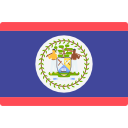

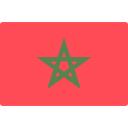

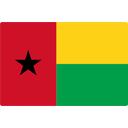


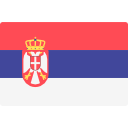


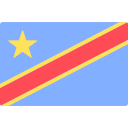




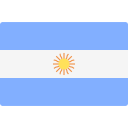









































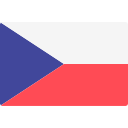


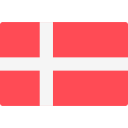







 Kids Collection
Kids Collection Retro Kits
Retro Kits Messi
Messi Barcelona
Barcelona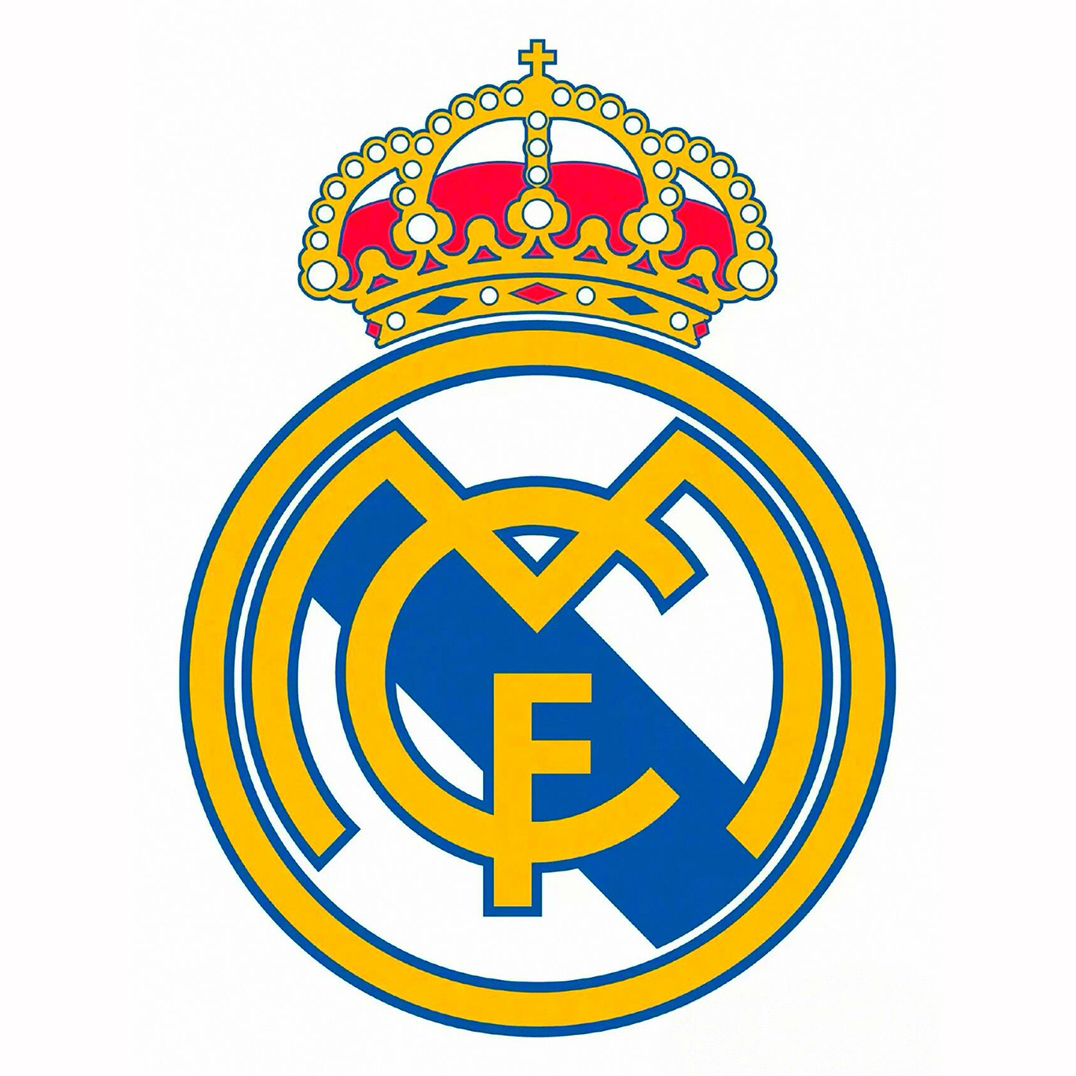 Real Madrid
Real Madrid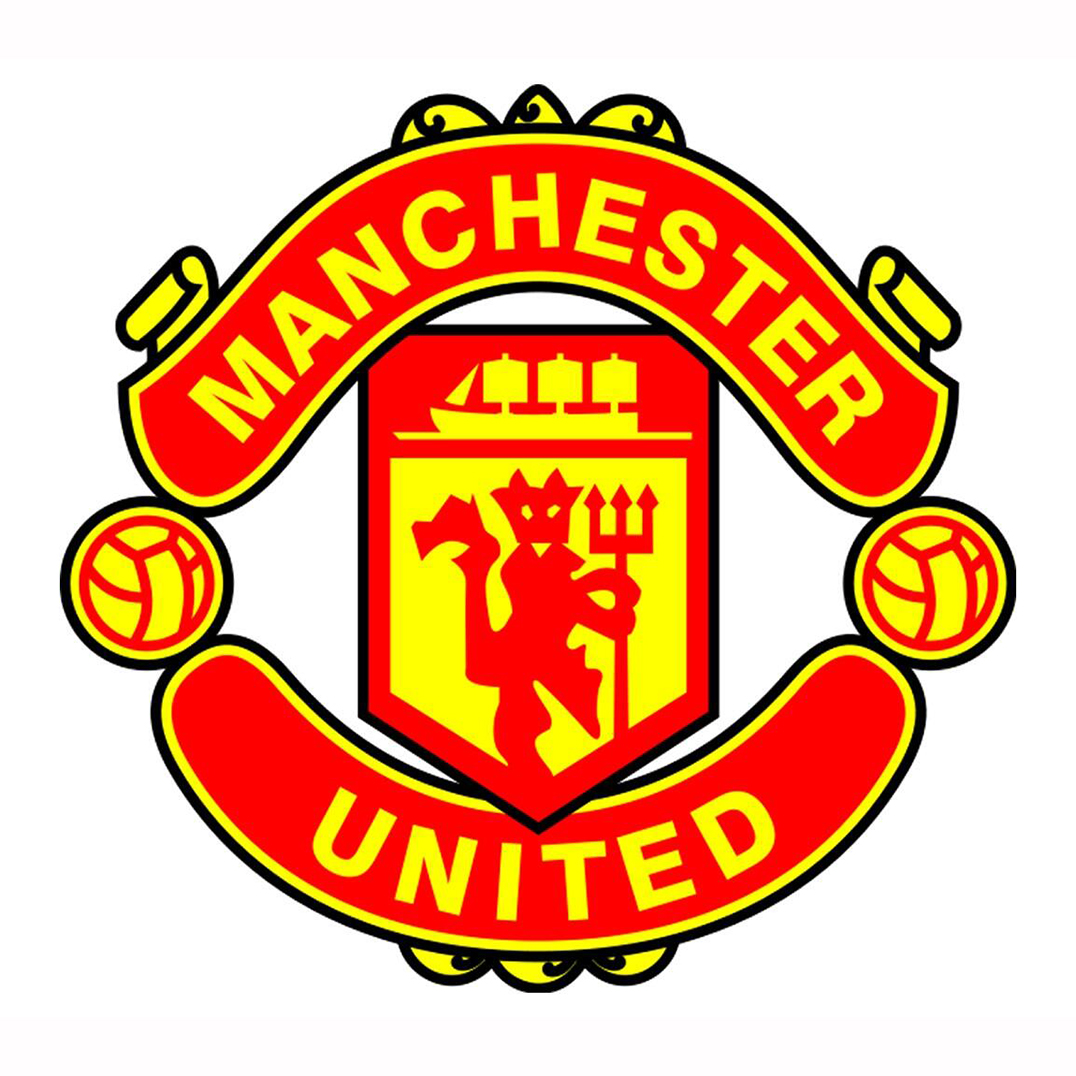 Manchester United
Manchester United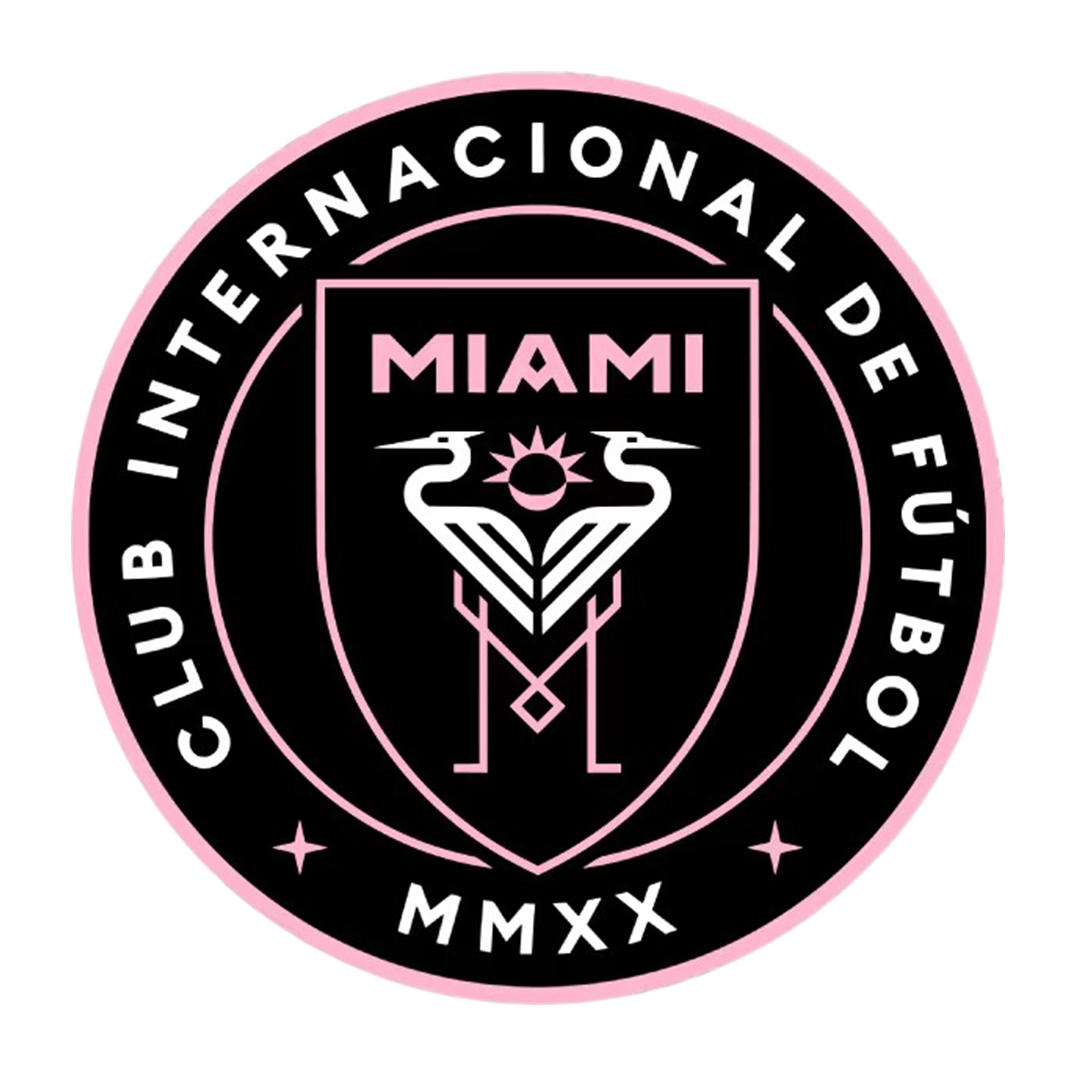 Inter Miami
Inter Miami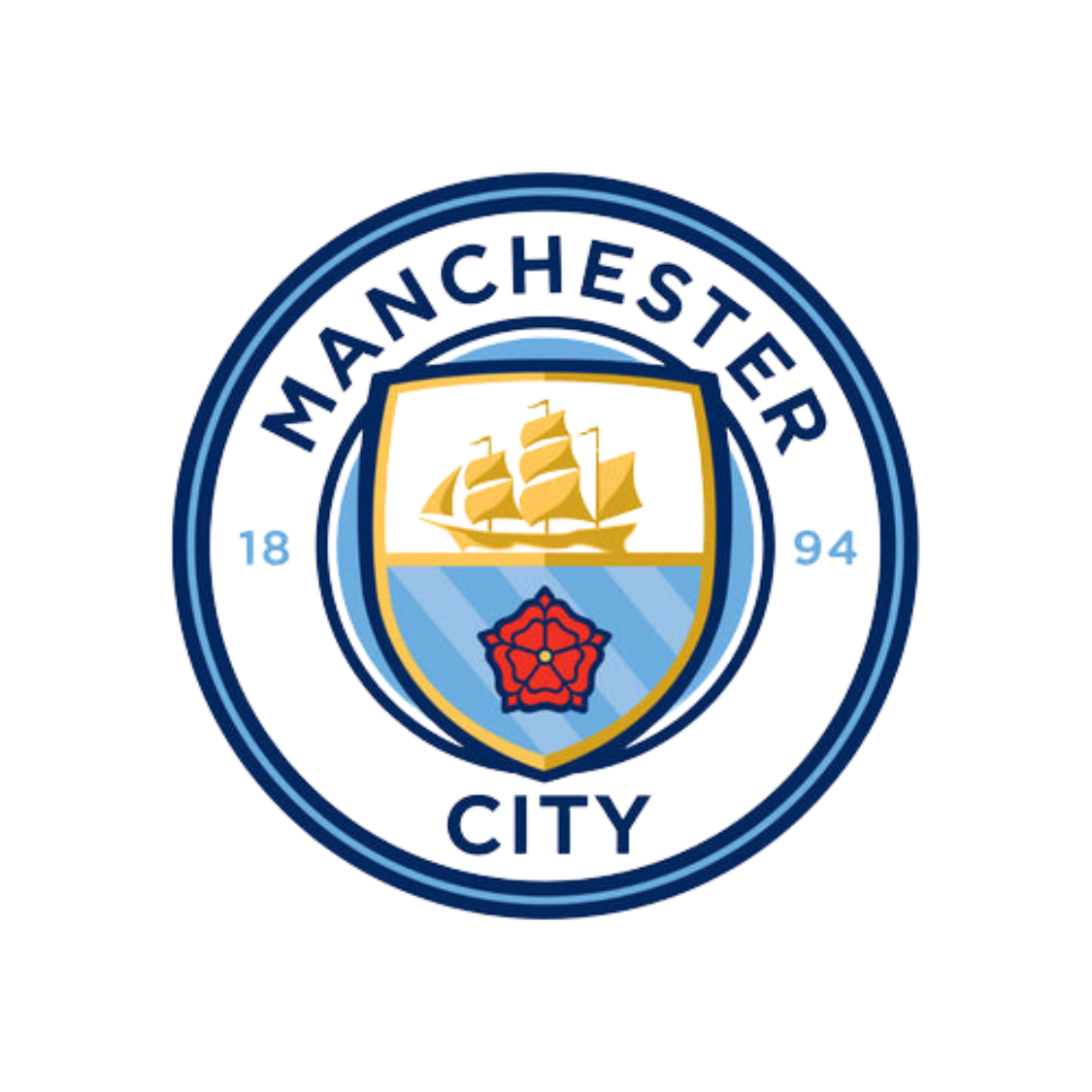 Manchester City
Manchester City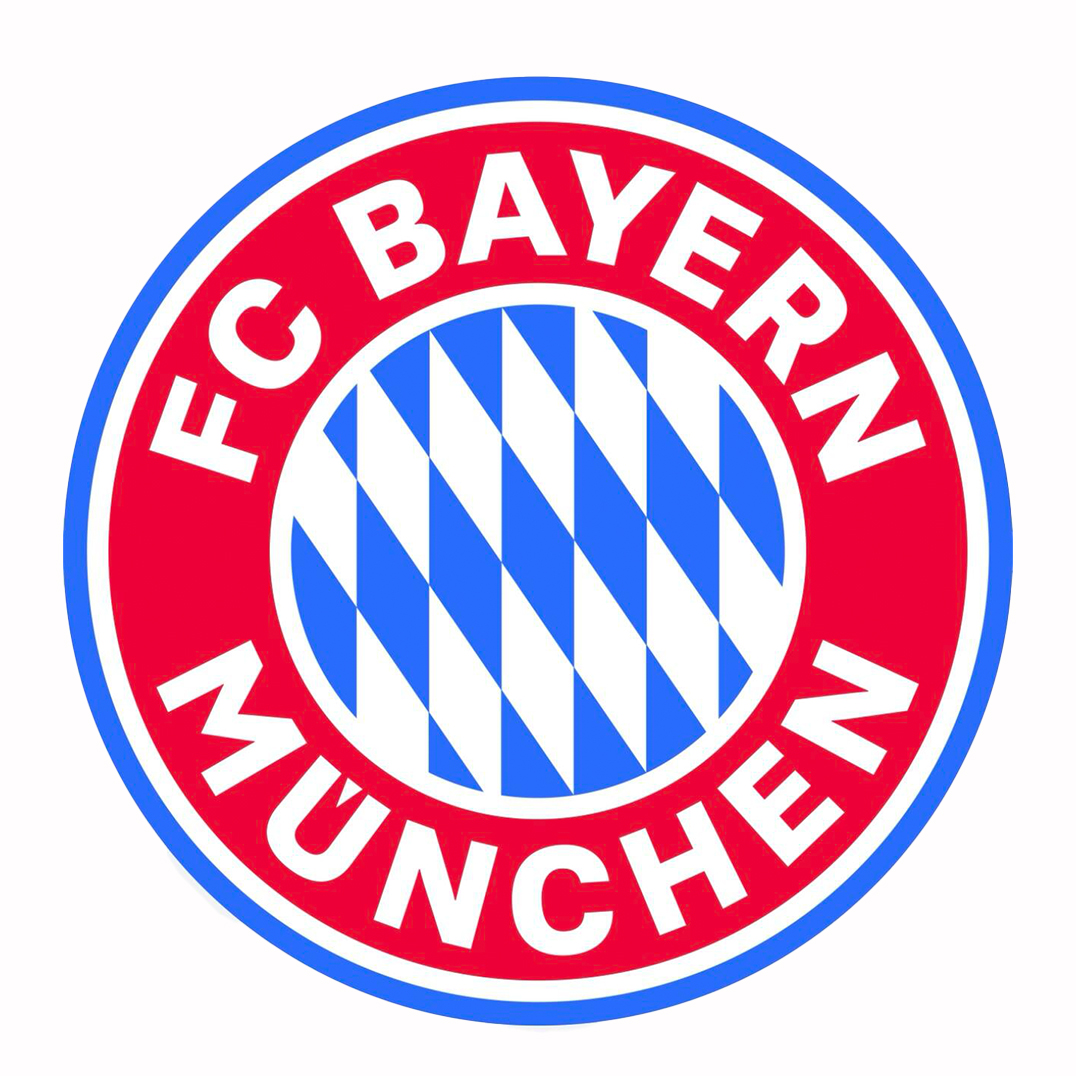 Fc Bayern
Fc Bayern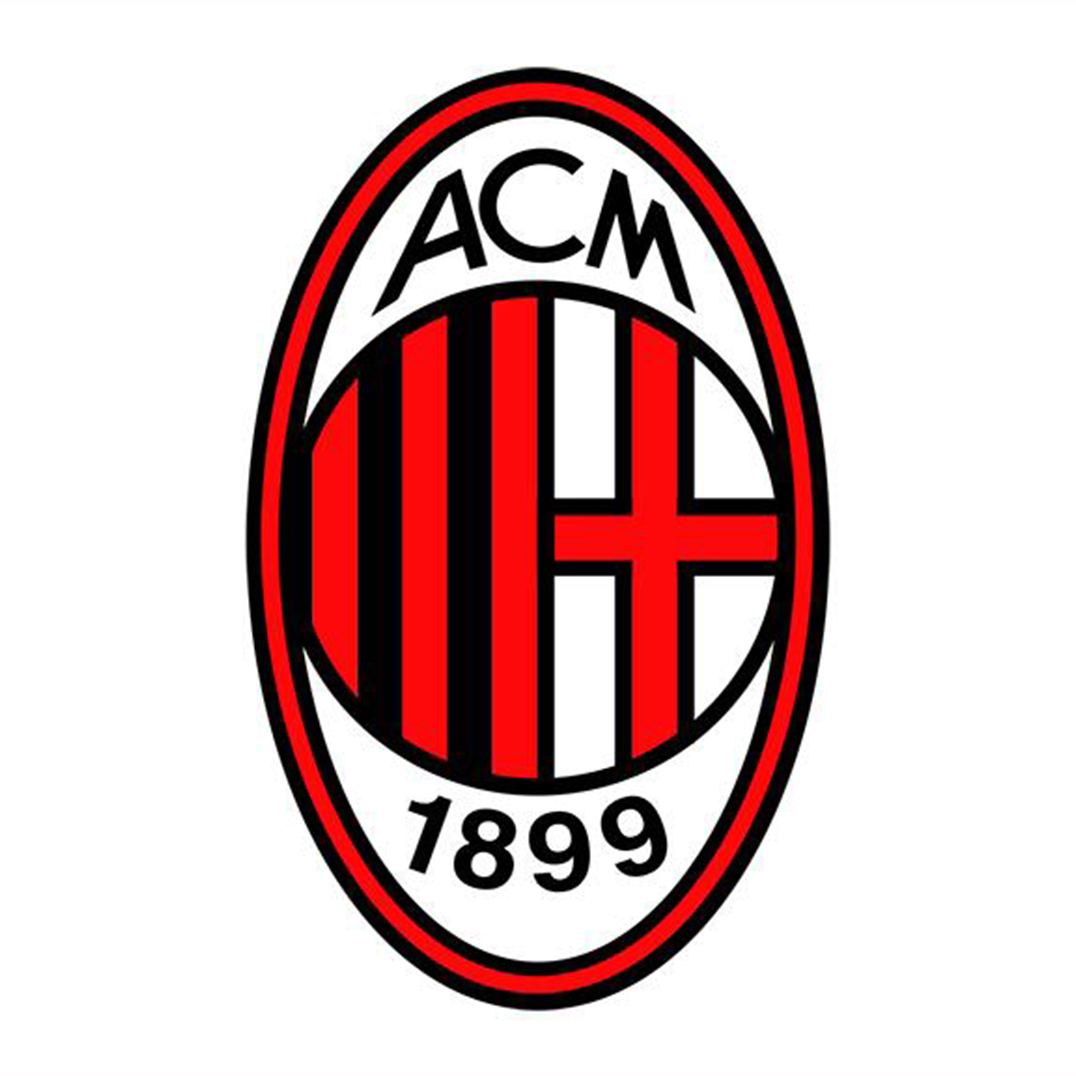 Ac Milan
Ac Milan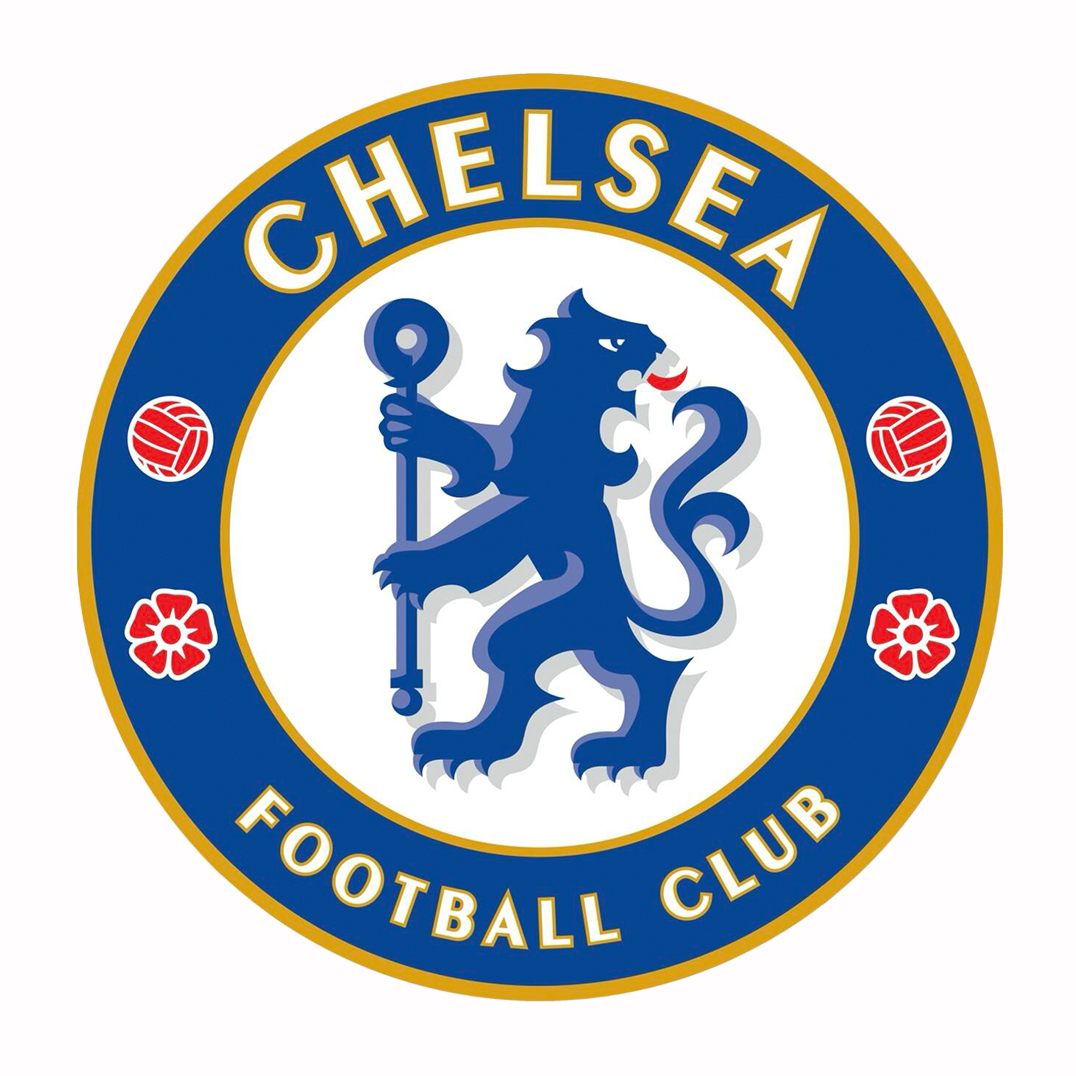 Chelsea
Chelsea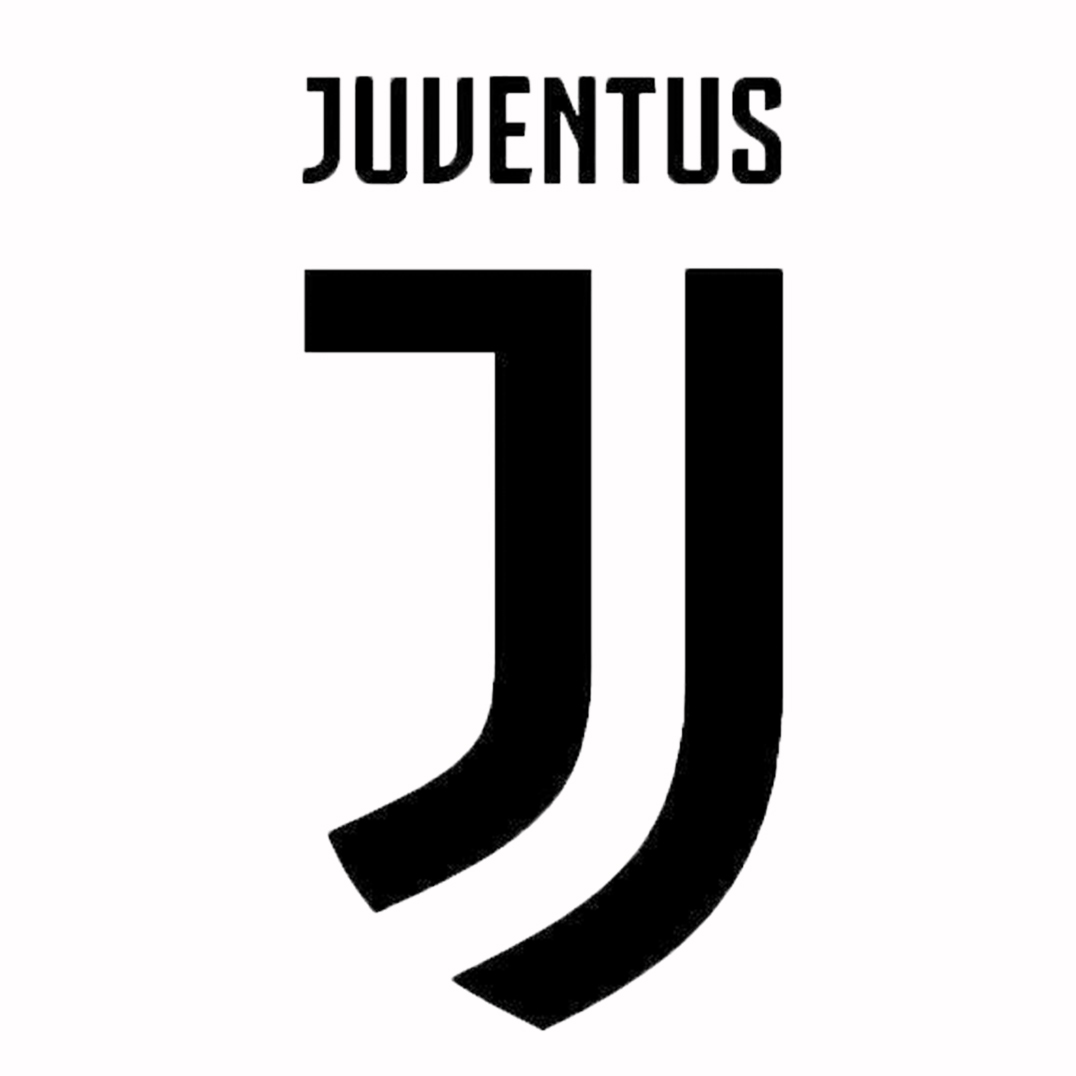 Juventus
Juventus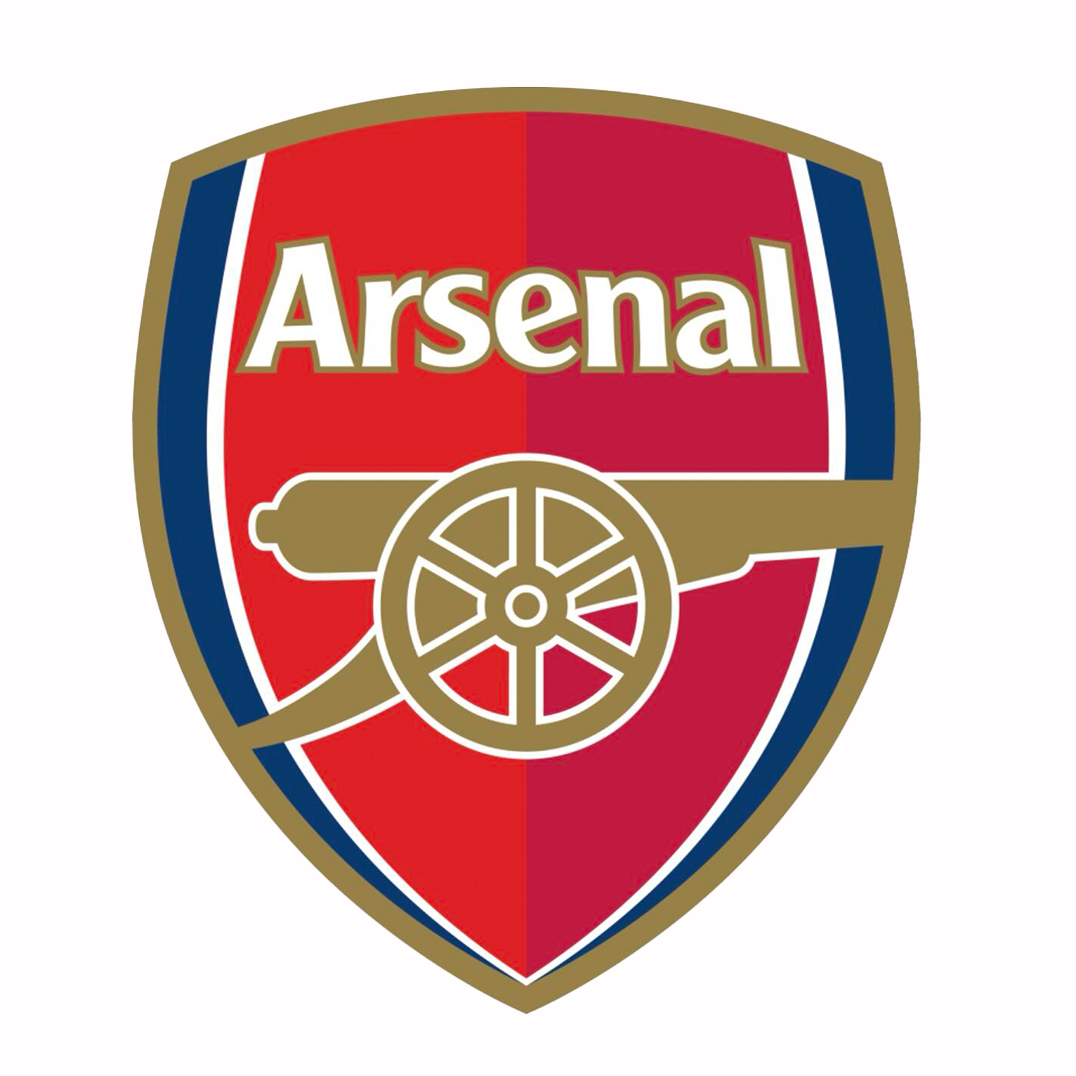 Arsenal
Arsenal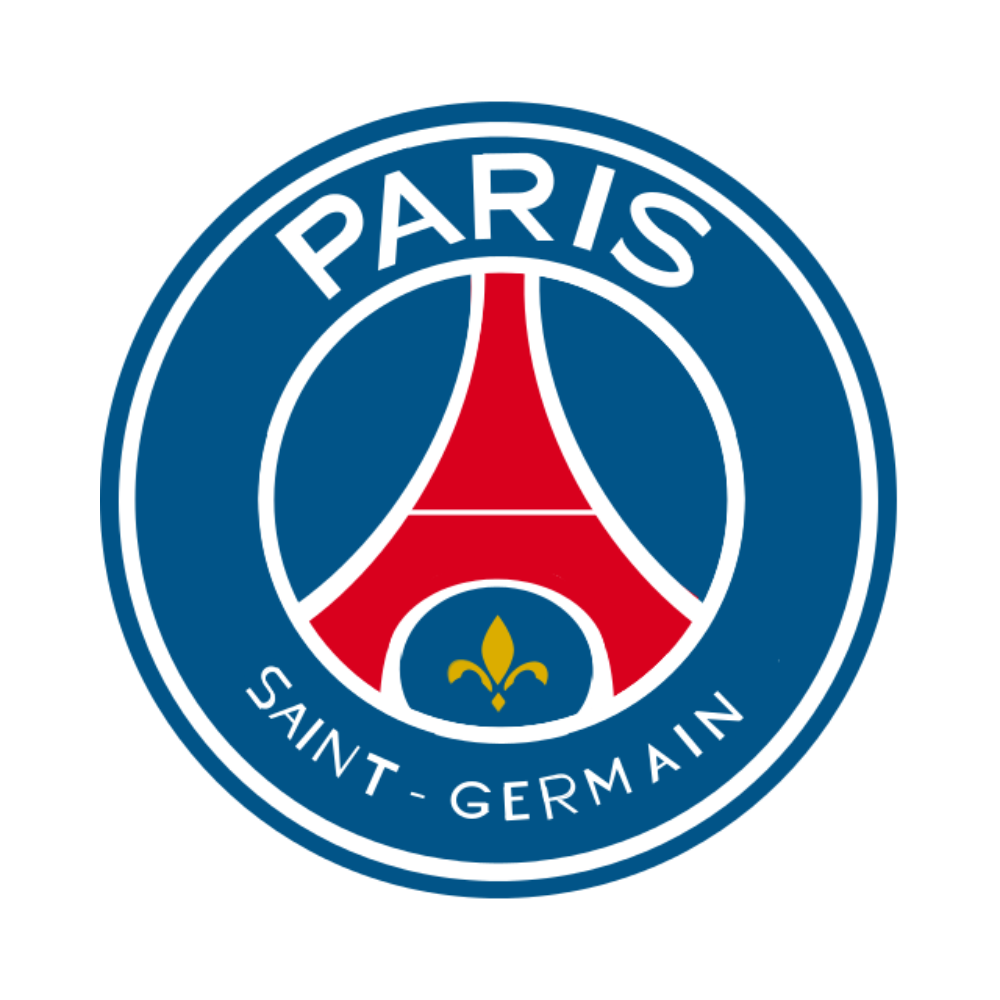 PSG
PSG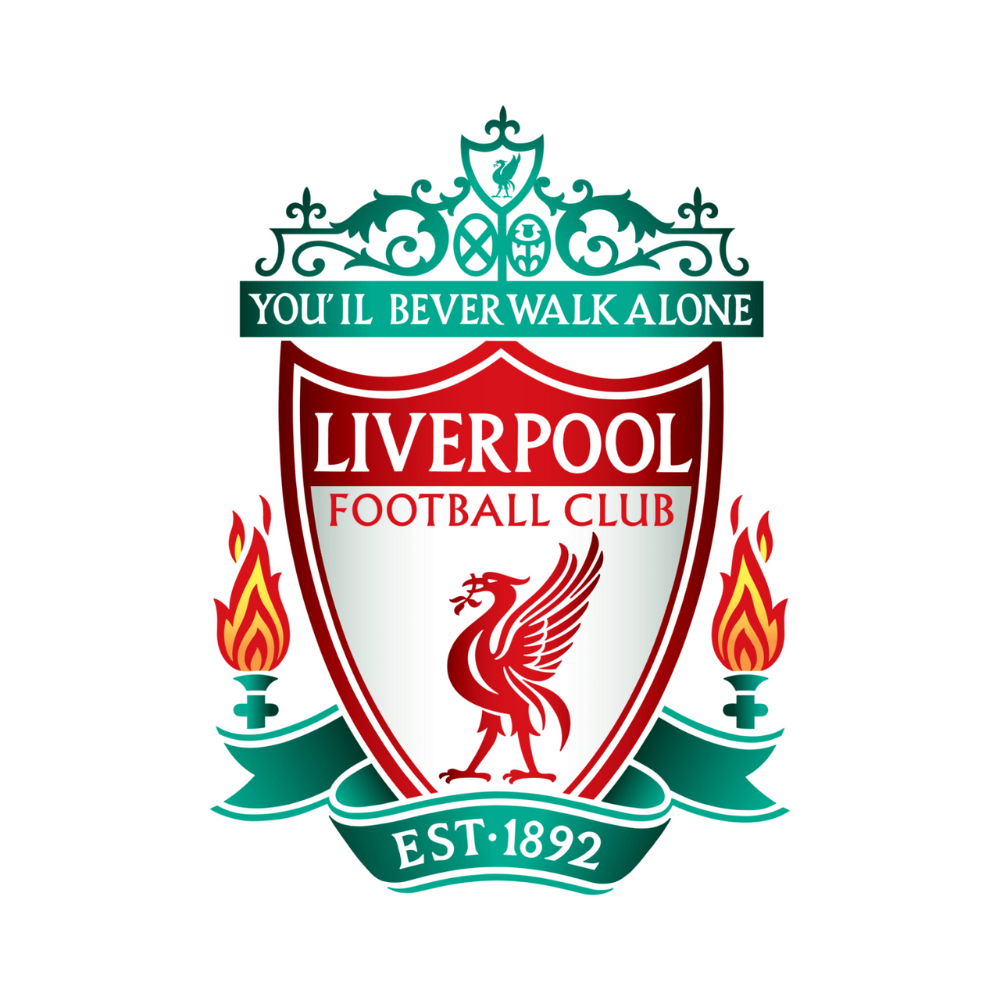 Liverpool
Liverpool Inter Milan
Inter Milan Santos FC
Santos FC Roma
Roma Portugal
Portugal Al Nassr
Al Nassr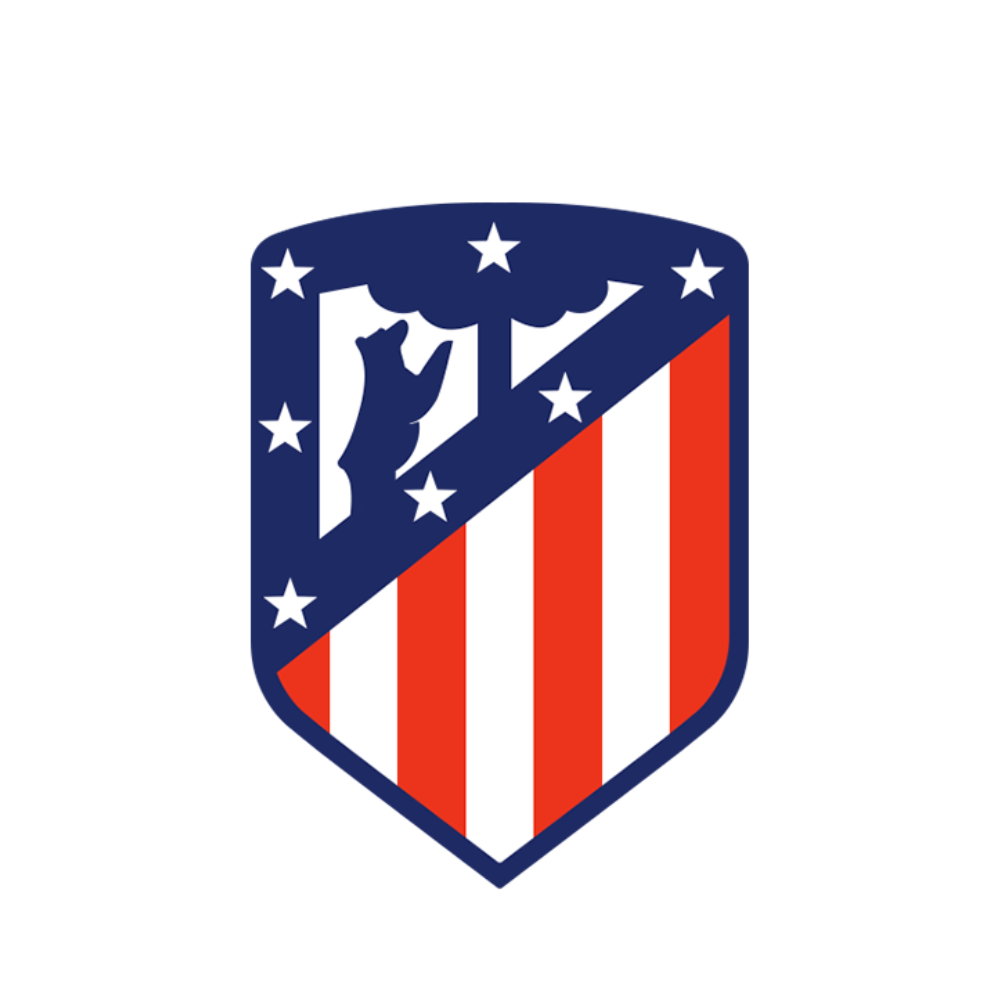 Atletico Madrid
Atletico Madrid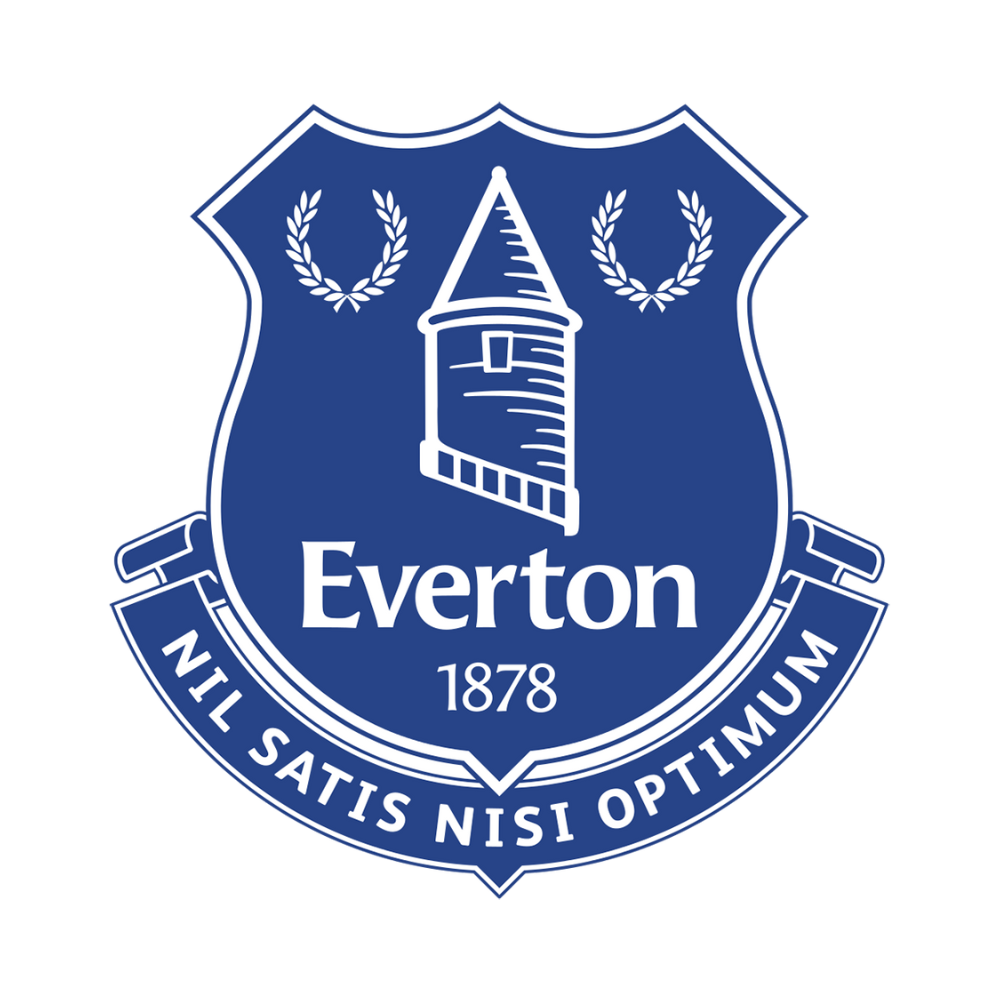 Everton
Everton Everton
Everton Germany
Germany Ajax
Ajax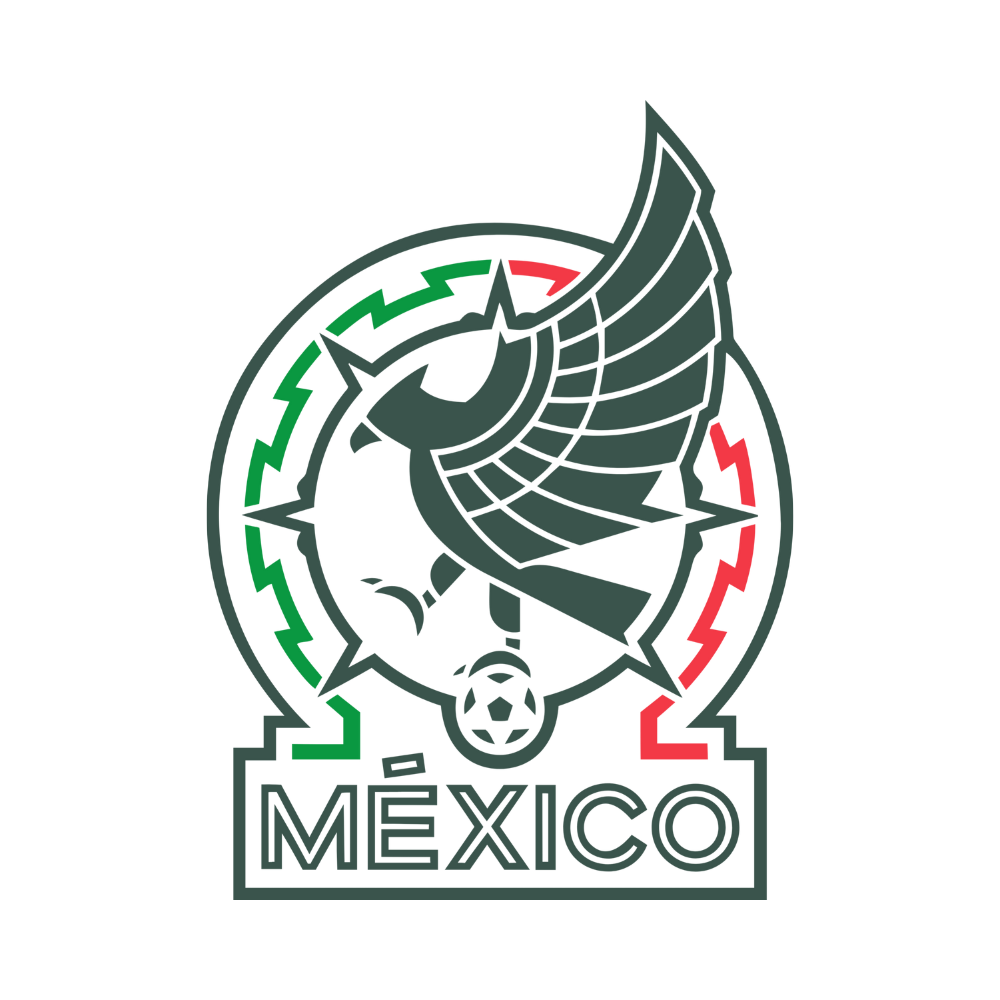 Mexico
Mexico Napoli
Napoli Columbia
Columbia Sporting lisbon
Sporting lisbon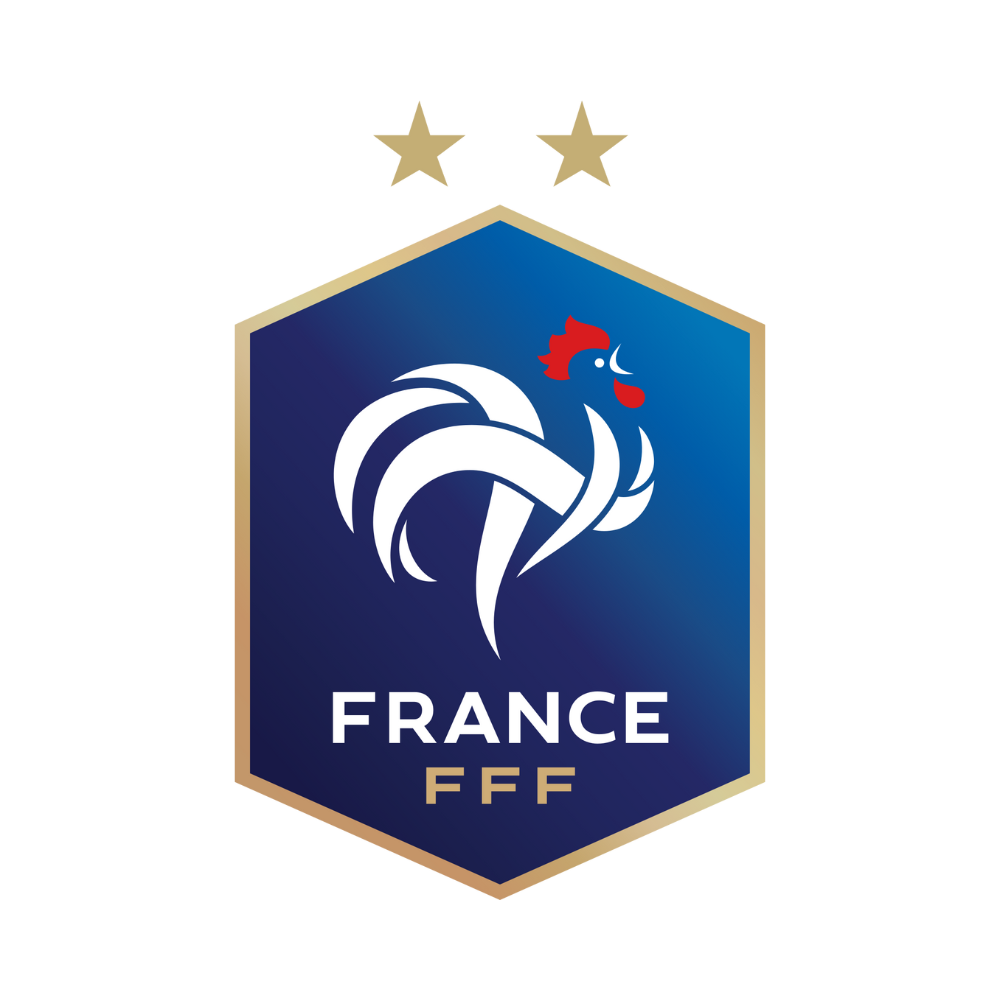 France
France Tottenham
Tottenham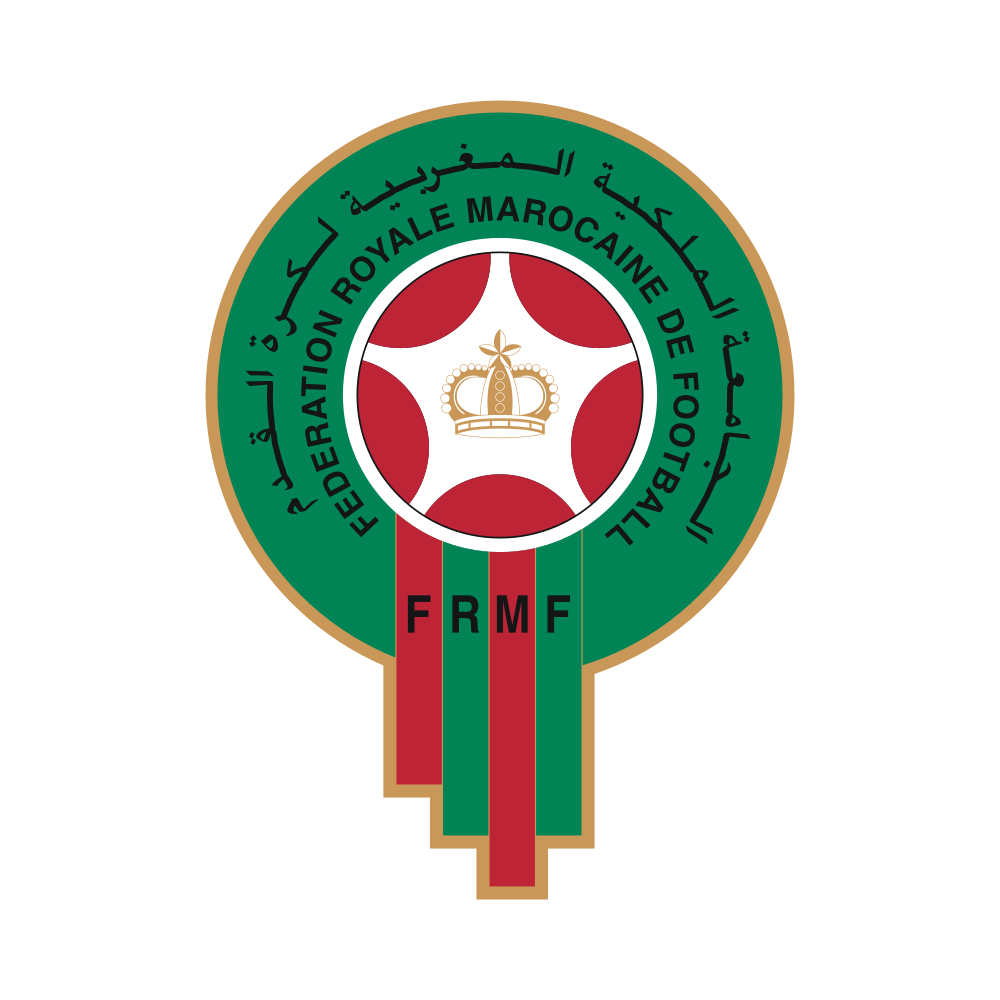 Morocco
Morocco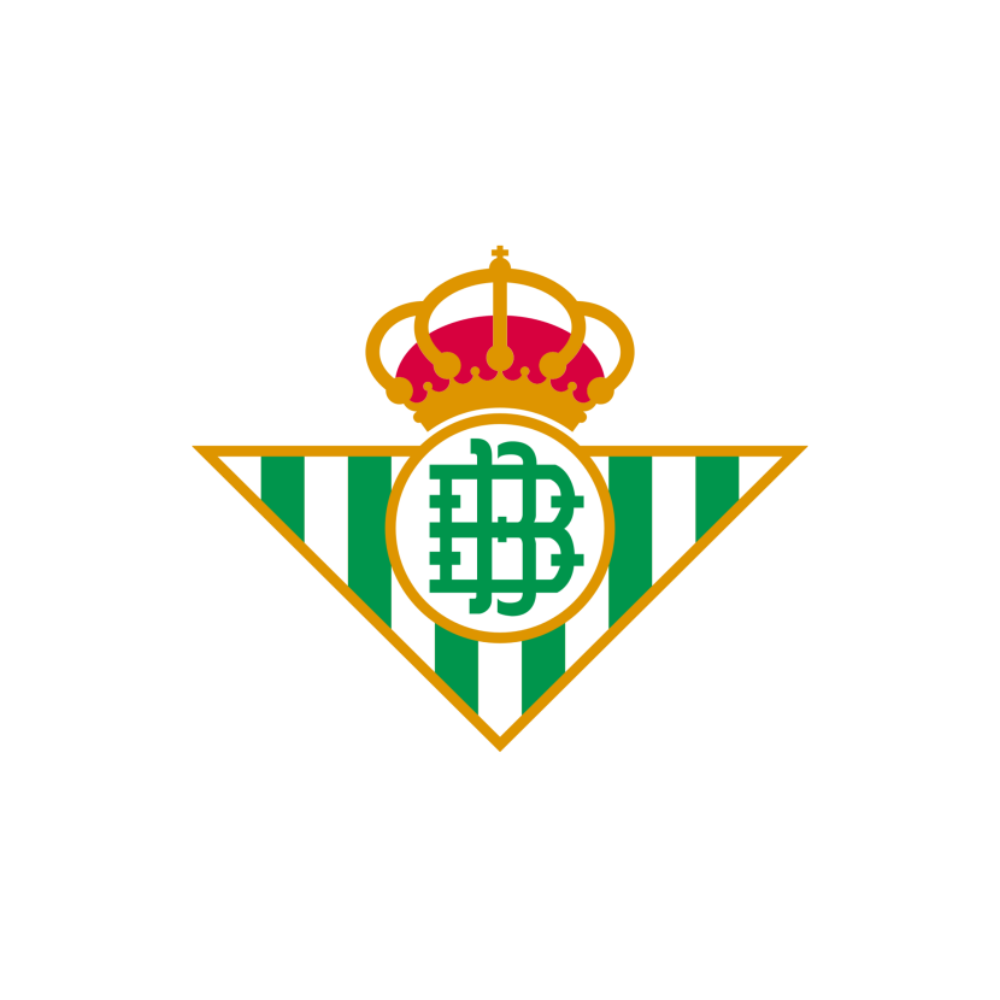 Real Betis
Real Betis Brazil
Brazil USA
USA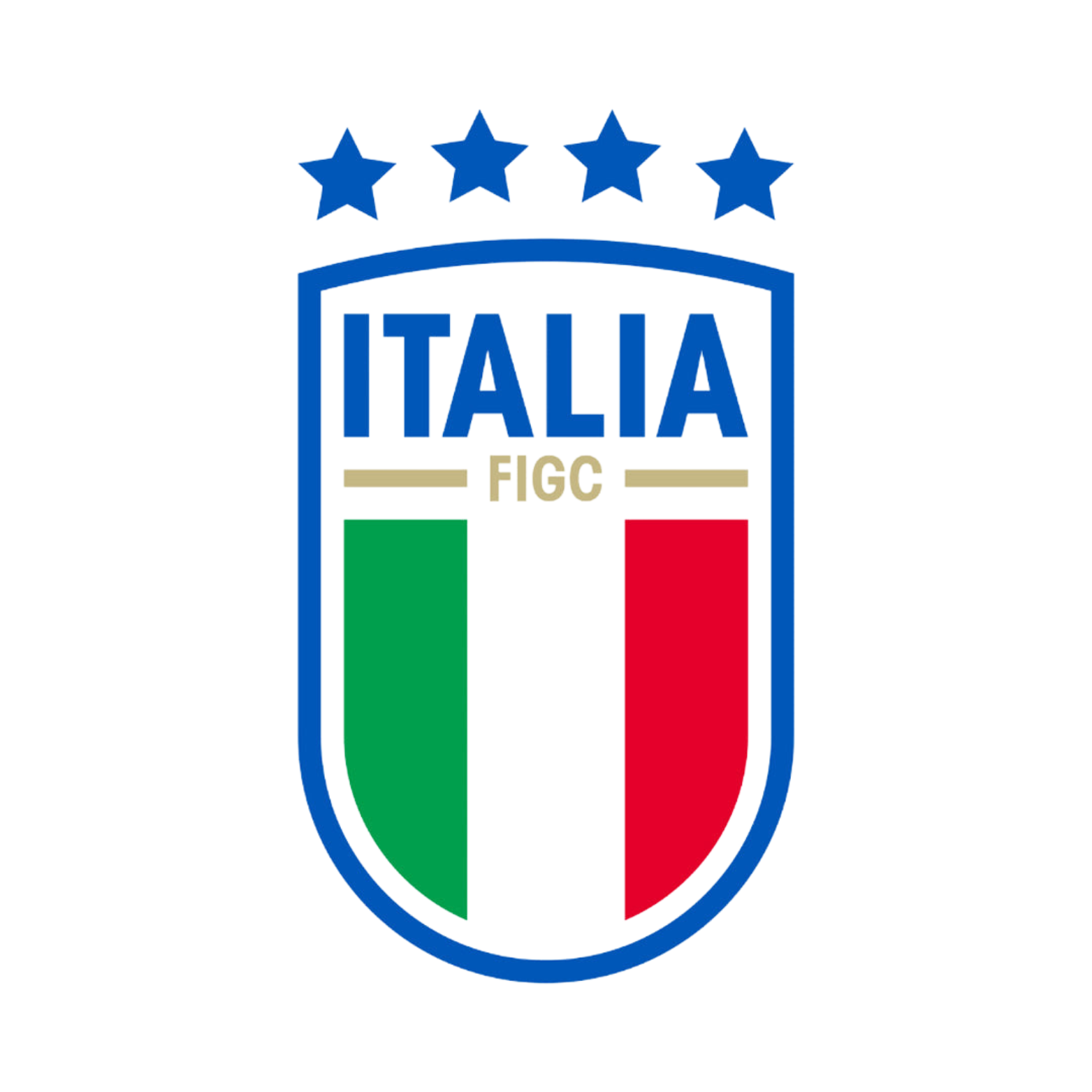 ltalia
ltalia Argentina
Argentina England
England Borussia Dortmund
Borussia Dortmund Spain
Spain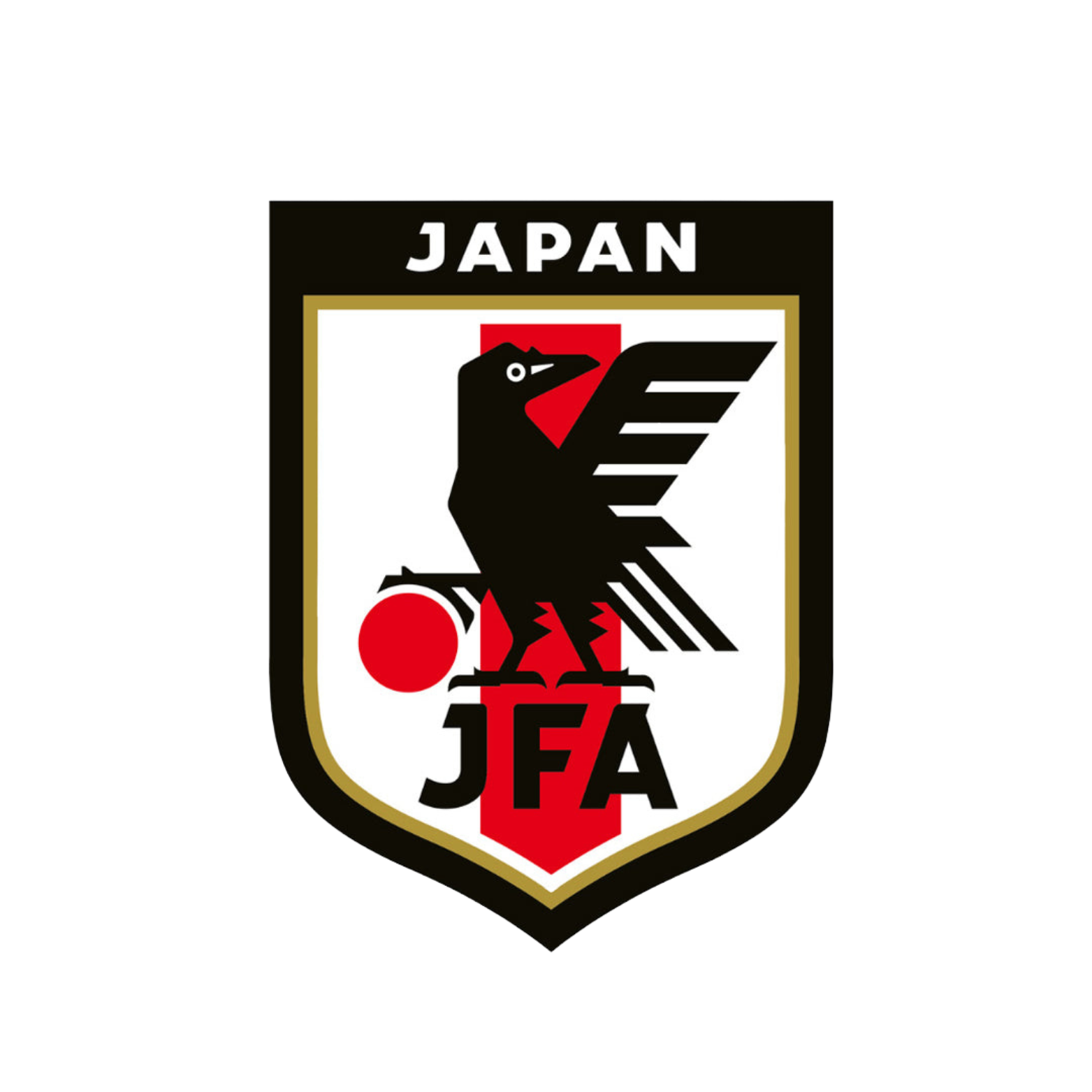 Japan
Japan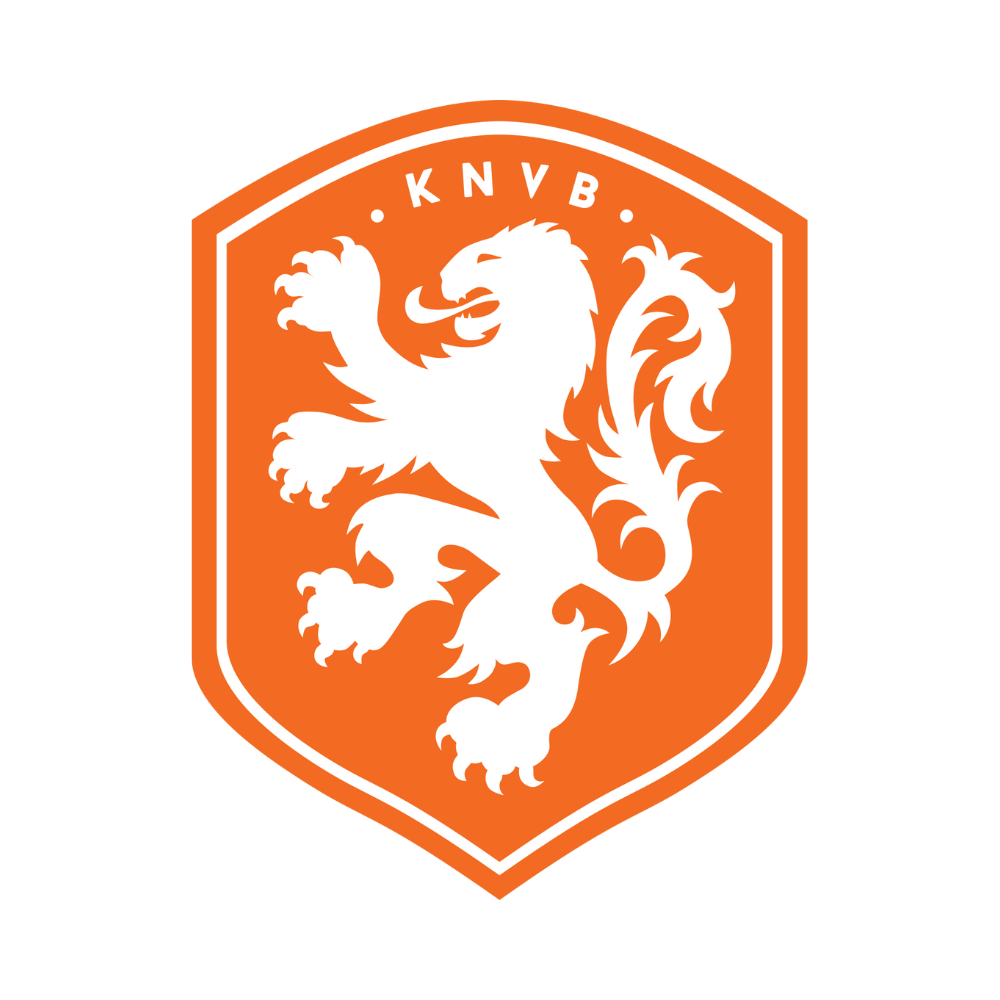 Netherlands
Netherlands Adidas
Adidas Nike
Nike Puma
Puma NB
NB Kappa
Kappa